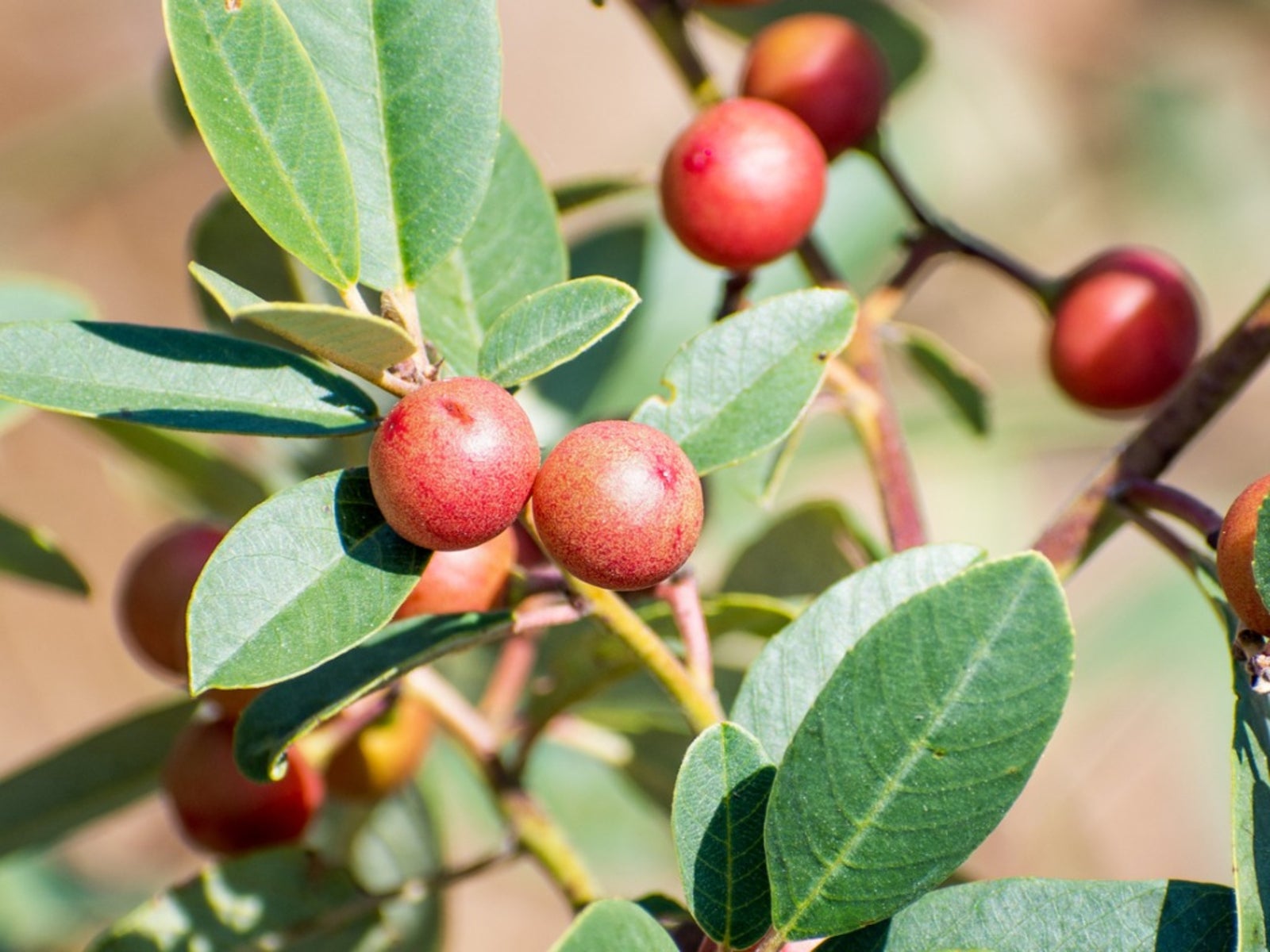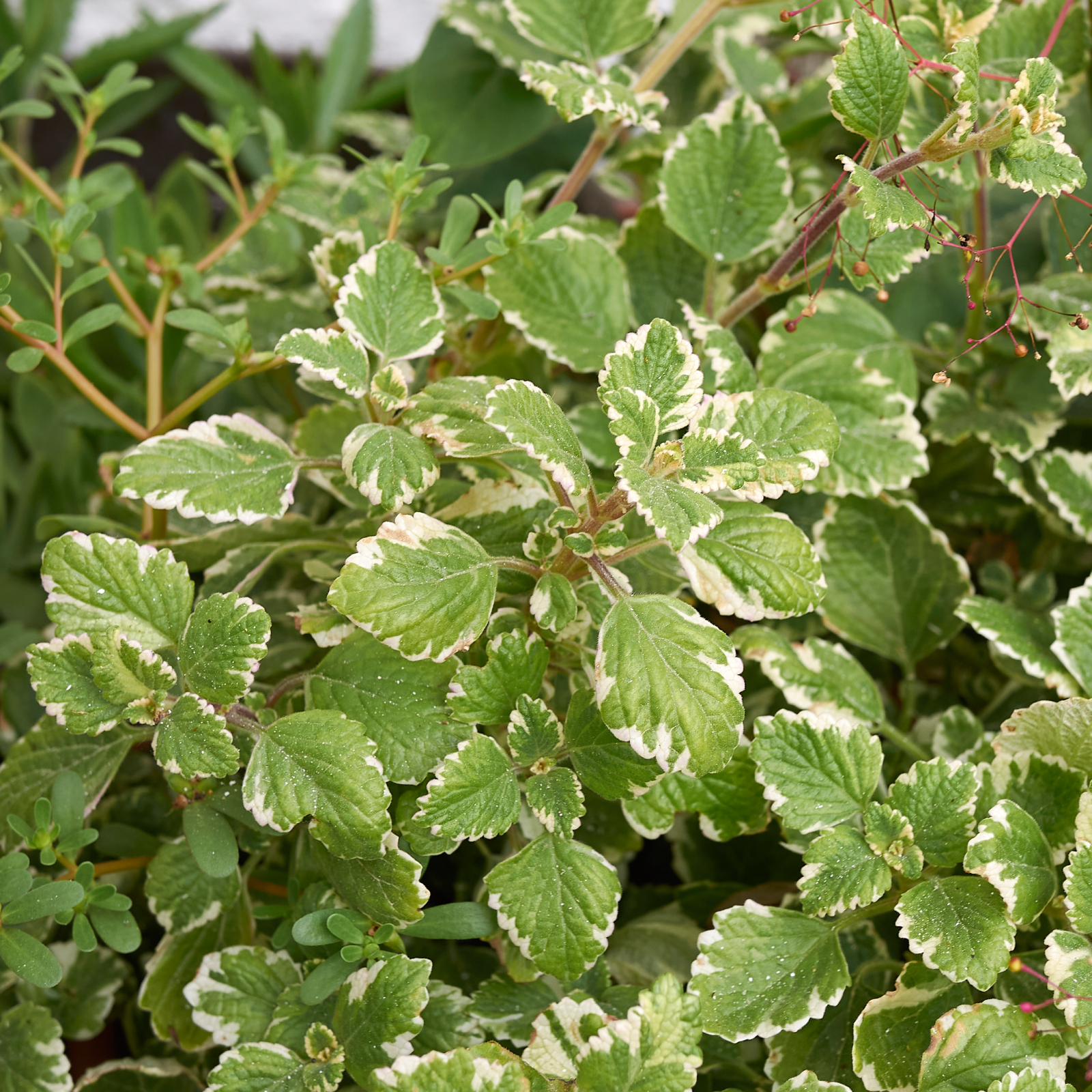Growing Coffeeberries - Learn About Coffeeberry Shrub Care

What are coffeeberries? Sorry, not coffee or related to coffee at all. The name is indicative of the deep brown coffee color, which the berries attain once ripened. Coffeeberry plants are an excellent landscape choice for the sustainable garden, or really anywhere, due to their ability to survive in most any climate, soil, and irrigation level.
What are Coffeeberries?
A member of the Buckthorn family, Rhamnaceae, California coffeeberry plants (Frangula californica; formerly Rhamnus californica) are an adaptable evergreen shrub useful in the garden as an informal hedge or in the understory as a backdrop for showier plants. Cultivars of growing coffeeberries range in size from 2 to 3 feet (60 to 90 cm.) tall by 3 to 4 feet (0.9 to 1.2 m.) wide to some around 4 to 10 feet (1.2 to 3 m.) tall, although in its native environment growing in the shade, specimens may attain a height greater than 15 feet (4.5 m.). The flowers of growing coffeeberries are insignificant but produce lovely berries in hues from lime green to rose red and burgundy to nearly black against a dark green backdrop of foliage. Although these berries are inedible to humans, they are relished by many types of birds and small mammals during the late summer to fall months.
Additional Coffeeberry Plant Information
Just as coffeeberry plant owes part of its common name to its resemblance to roasted coffee beans, there is yet another similarity akin to coffee. Like coffee, coffeeberries act as a strong laxative and may be available commercially in tablet form or liquid capsules. The Kawaiisu Indians used mashed coffeeberry leaves, sap and the berries themselves to halt bleeding and aid in the healing of burns, infections and other wounds. In low doses, taken internally, coffeeberry may ease rheumatism. The bark and berries of coffeeberry plant were also used to induce vomiting.
How to Grow Coffeeberry
The answer to, “How to grow coffeeberry?” is very easy. Growing coffeeberries are widespread throughout most of California and found anywhere from woodlands to less hospitable brushy canyons and chaparral. Able to thrive in light conditions from full sun to shade, drought adaptable but able to survive through rainy seasons, flourishing in heavy clay soils that thwart the growth of most other plants, growing coffeeberries is as easy a plant to grow as the gardener can hope for.
Coffeeberry Shrub Care
Hmm. Well, lest I sound like a broken record, coffeeberry plants are extremely forgiving and almost anywhere you decide to plant them, they will adapt and survive. Coffeeberry shrub care really couldn't be simpler; the only real question is what cultivar to choose. Cultivars of coffeeberry plants range in sizes with many low-growing varieties like ‘Seaview Improved' and ‘Little Sure' to middle of the road ‘Mound San Bruno' and ‘Leatherleaf' on into the taller trees such as ‘Eve Case' and ‘Bonita Linda,' which makes a lovely living trellis.
Gardening tips, videos, info and more delivered right to your inbox!
Sign up for the Gardening Know How newsletter today and receive a free copy of our e-book "How to Grow Delicious Tomatoes".

Amy Grant has been gardening for 30 years and writing for 15. A professional chef and caterer, Amy's area of expertise is culinary gardening.
-
 Which Ivy Is Best For A Garden? 7 Varieties Of Ivy To Grow (And 2 To Avoid)
Which Ivy Is Best For A Garden? 7 Varieties Of Ivy To Grow (And 2 To Avoid)Lots of varieties of ivy can complement your garden, provide groundcover, or create a private oasis, but which is best? Explore our top picks for beautiful ivy.
-
 Do Deer Eat Peonies? How To Keep Them Away And Save Your Gorgeous Blooms
Do Deer Eat Peonies? How To Keep Them Away And Save Your Gorgeous BloomsPeonies are not usually favored by deer, but sometimes they go after the young shoots of the plants anyways. Learn how to keep deer away from beautiful blooms.